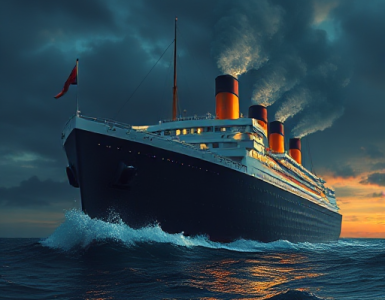So, how much did it actually cost? Estimates suggest that the total expenditure for all combatants ranges from about $1.5 trillion to an eye-popping $4 trillion in today’s dollars. Think about that—a price tag that could fund entire nations for decades. Imagine turning on the news today and hearing that a single event set back global economies by trillions. Mind-blowing, right?
Now, let’s break this down a bit. Nations devoted their resources to everything from tanks to airplanes, food rations, and manpower. The U.S. alone shelled out roughly $4 trillion, while countries like the Soviet Union and Germany felt the financial squeeze, too. It’s like trying to fill an endless pit with water—no matter how much you pour in, it just keeps disappearing.
And then there’s the aftermath. The economic implications stretched far beyond the battlefields, leading to shifts in global power, the birth of the United Nations, and even the Marshall Plan—talk about a chain reaction! The war didn’t just leave scars on land and sea; it created a financial legacy that we still talk about today. So next time someone mentions “expensive,” just remember: World War II set the bar sky-high!
The Costliest Battles Ever Fought
Take, for example, the Battle of Stalingrad during World War II. This wasn’t just a fight for territory; it was a brutal showdown between the Soviet Union and Nazi Germany. Imagine a city transformed into a battlefield, with a staggering toll of over two million casualties. That’s like losing a small country in the span of a few months! The true cost of such a battle ripples far beyond the battlefield, embedding itself into the psyche of nations.
Then there’s the Siege of Petersburg, a year-long struggle that wore down both Union and Confederate forces during the Civil War. Think of two heavyweights in a ring, swinging punches, but instead of a few rounds, they went on for months! The resources spent were enormous, with the cost estimated in the hundreds of millions—enough to build modern cities today.
The Economic Consequences of War
First off, let’s explore the immediate impact. Wars require funding—lots of it. Countries often divert funds from healthcare, education, and infrastructure to support military efforts. Imagine having to choose between fixing your roof or buying groceries; that’s the scale of the dilemma for nations at war. Once the dust settles, the resulting economic strain can lead to inflation as governments try to recover by printing more money, turning economies into chaotic storms of rising prices and dwindling purchasing power.
And then there’s the human cost. Soldiers returning home are often faced with unemployment and mental health challenges, which creates a burden on social services. It’s like trying to fill a bucket with holes—money is spent, but the returns are minimal. With a large population of veterans needing care and support, economies can find themselves stretched thinner than ever.
Let’s not forget the broader implications. War disrupts trade routes, leading to shortages of essential goods. Think about countries once thriving on exports—now those markets collapse as conflict halts production. The global ripple effect can lead to recessions far removed from the frontlines.

All these factors intertwine to create a cycle where recovery feels more like a marathon than a sprint. The true cost of war isn’t just counted in ammunition; it’s felt in every job lost, every business shuttered, and every family struggling to rebuild a future in the shadow of conflict.
























Kommentar hinzufügen